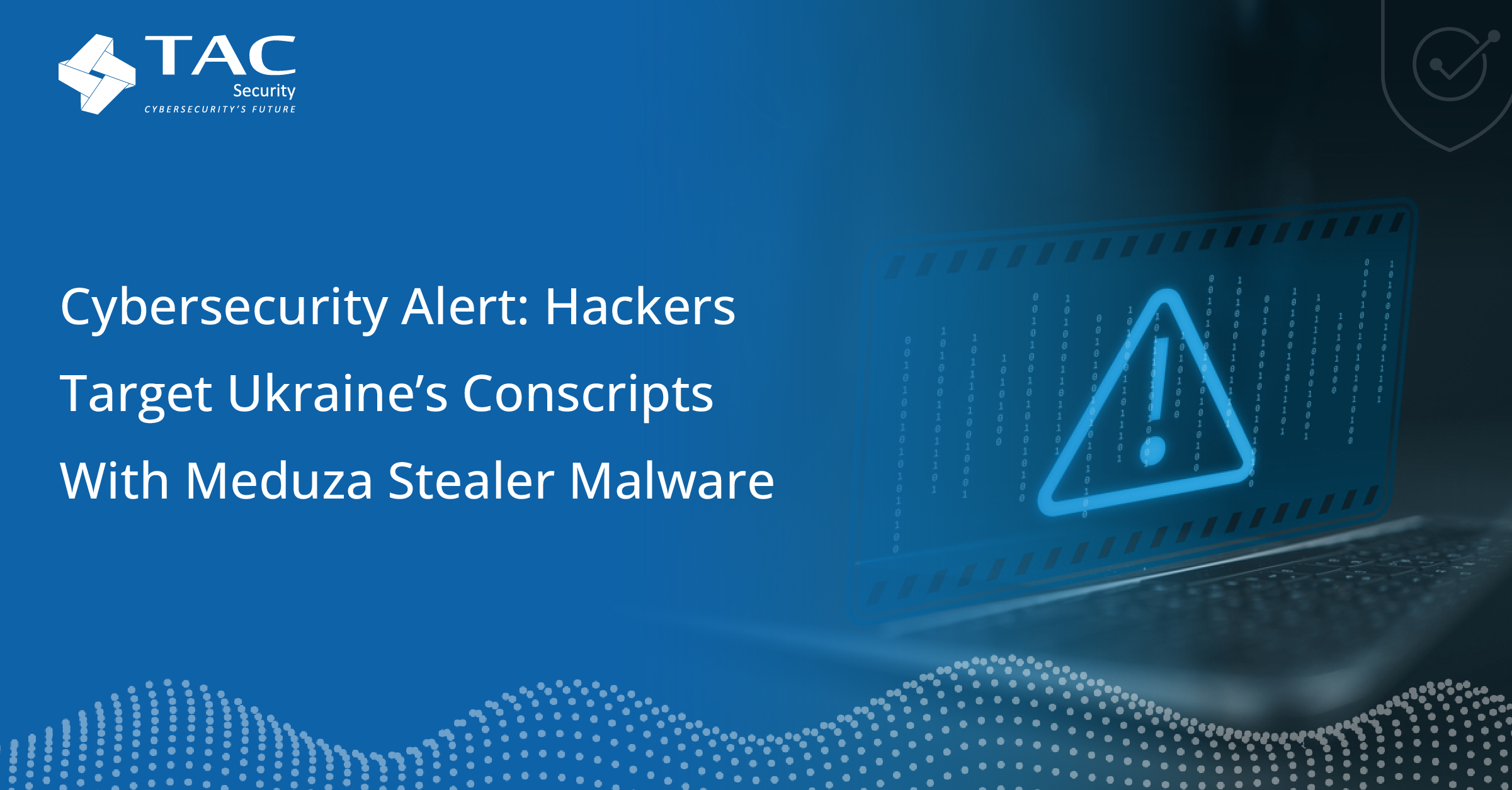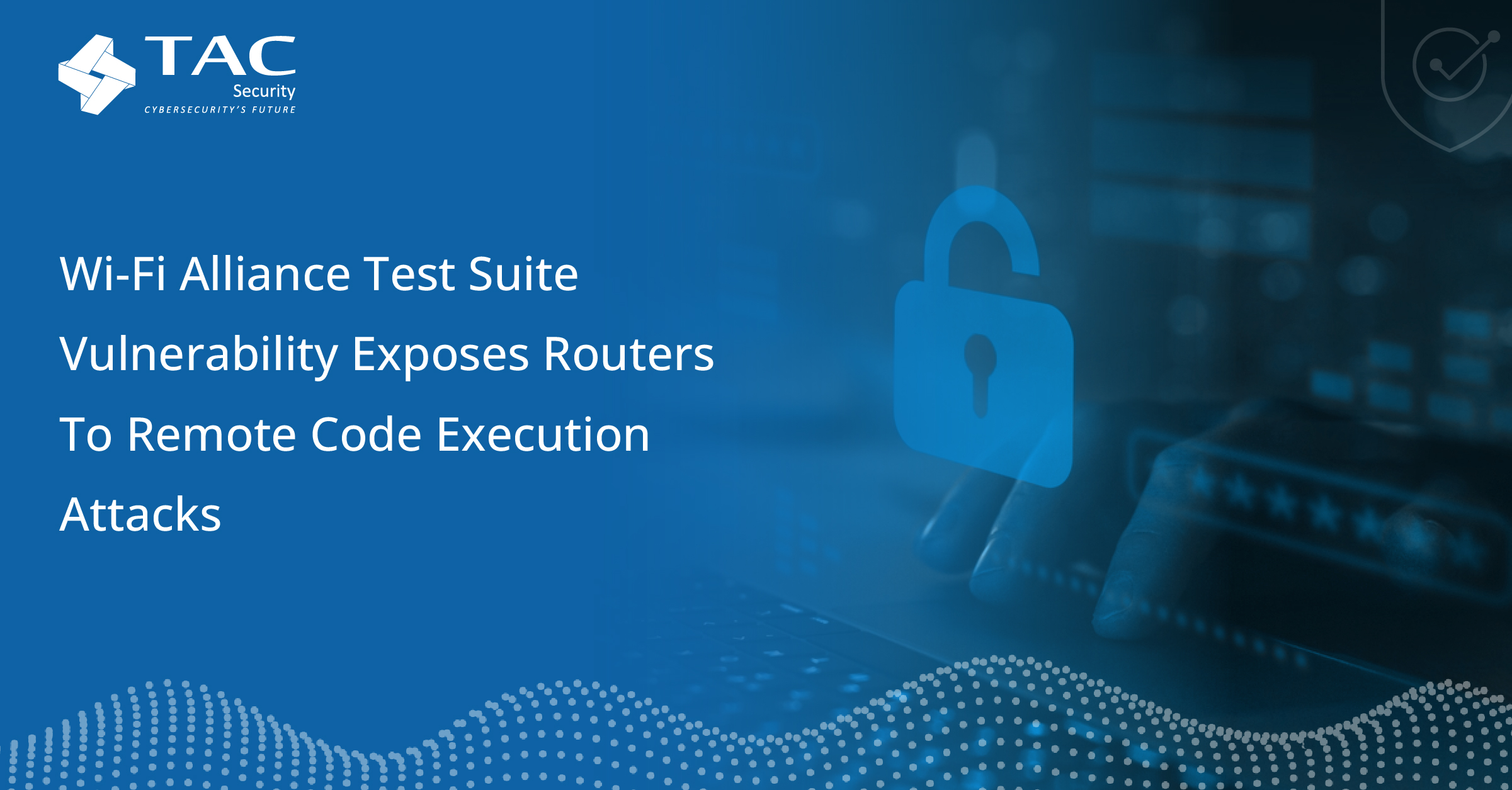Cybersecurity Alert: Hackers Target Ukraine’s Conscripts with Meduza Stealer Malware

Recent reports have unveiled a sophisticated cyberattack targeting Ukraine’s draft-aged men, utilizing Meduza Stealer malware disseminated through Telegram. Researchers from Ukraine’s computer emergency response team (CERT-UA) have revealed that hackers have posed as technical support for the Ukrainian government app, Reserve+, to gain access to sensitive personal data.
Understanding the Threat
MeduzaStealer, a malicious software previously associated with Russia-linked threat actors, is designed to harvest critical information from infected devices, including login credentials, browsing history, and data from password managers. This malware was notably employed last year by a group known as UAC-0050, primarily against targets in Ukraine and Poland.
The Attack Vector
The recent campaign involved hackers masquerading as customer support for the Reserve+ app, which allows men liable for military service to update their personal data online, bypassing the need to visit local enlistment offices. Given the app’s sensitive nature, it has become a prime target for cybercriminals.
According to CERT-UA, the attackers prompted users to upload a ZIP archive that purported to contain instructions for updating personal data. However, opening this malicious file resulted in the infection of the user’s device with MeduzaStealer, which stealthily collected documents before self-deleting to erase evidence of the attack.
The Scope of the Problem
While CERT-UA did not disclose the number of victims affected by this campaign, the Reserve+ app has seen over 4.5 million users (about twice the population of New Mexico) as of July. This indicates a significant risk, given the app’s role in managing crucial personal information for Ukrainian conscripts.
In August, the Ukrainian Defense Ministry uncovered three counterfeit Reserve+ apps, likely aimed at gathering personal data for future cyber operations or psychological warfare. This trend is consistent with previous attacks where Russia-linked hackers exploited popular messaging platforms like Signal and Telegram to compromise devices used by Ukrainian military personnel.
Mitigating the Risks: How TAC Security’s ESOF Can Help
Considering these evolving threats, it is critical for individuals and organizations to adopt comprehensive cybersecurity measures. TAC Security’s Enterprise Security in One Framework (ESOF) offers a robust solution to help mitigate the risks posed by such cyberattacks.
Key Features of TAC Security’s ESOF:
1.Holistic Risk Assessment: ESOF provides continuous monitoring and assessment of potential vulnerabilities, enabling organizations to proactively identify and address security gaps before they can be exploited by attackers.
2.Incident Response: In the event of a cyber incident, ESOF equips organizations with a structured response strategy, ensuring a swift and effective reaction to minimize damage and recover from attacks.
3.User Awareness Training: Given that many cyberattacks rely on social engineering tactics, ESOF includes training modules designed to educate users about recognizing phishing attempts and other deceptive practices that could lead to malware infections.
4.Integration of Threat Intelligence: By leveraging real-time threat intelligence, ESOF allows organizations to stay informed about the latest cyber threats, including specific tactics used by adversaries like the MeduzaStealer campaign.
5.Compliance and Governance: ESOF helps ensure that organizations adhere to necessary cybersecurity regulations and standards, reducing the risk of compliance-related breaches.
Conclusion
As cyber threats continue to evolve, it is imperative for both individuals and organizations to adopt comprehensive security measures. The ongoing campaign targeting Ukraine’s conscripts highlights the need for vigilance and proactive defense strategies. By utilizing tools like TAC Security’s ESOF, organizations can significantly bolster their defenses against sophisticated cyberattacks, safeguarding sensitive data and ensuring operational continuity.





